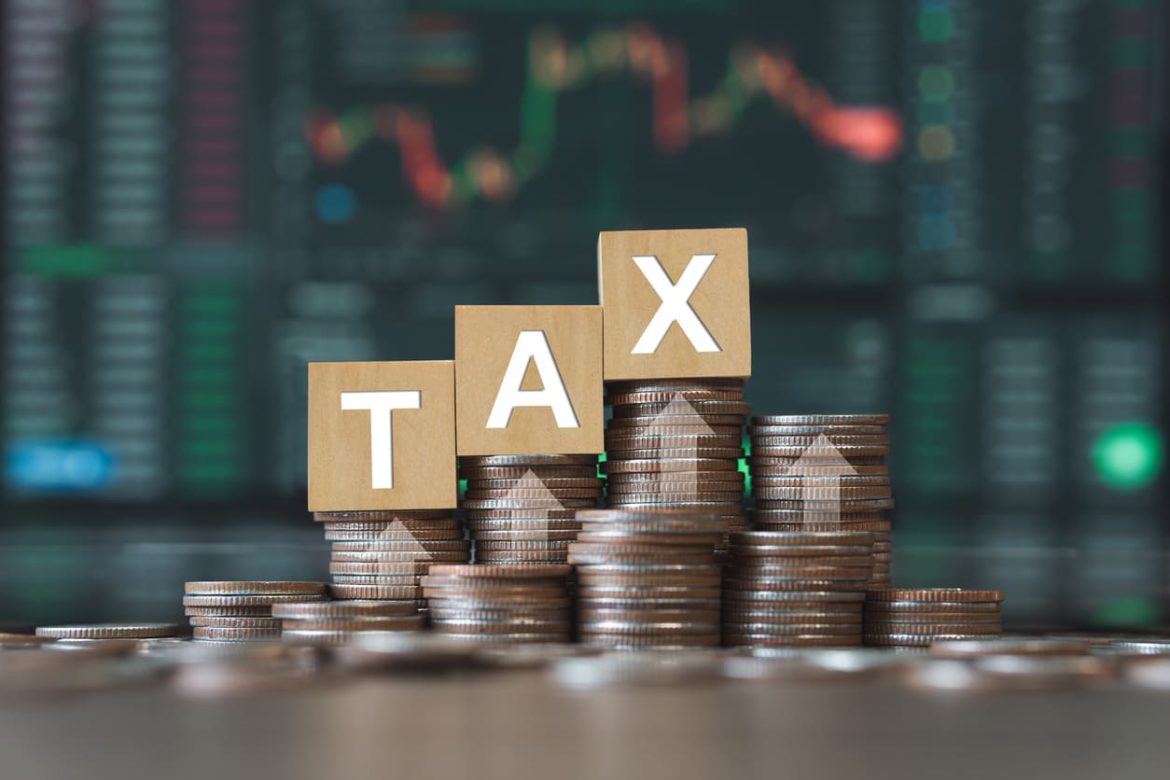Year of Assessment (YA) in Singapore refers to the tax year in which income is assessed for tax purposes. However, tax year is different for individuals and companies.
For individuals, tax year is based on the calendar year, which is generally from January to December. To illustrate, the income that you earned in 2023 will be assessed for tax in 2024. In this case, the year of assessment is 2024.
For companies, tax year is based on the financial year that was predetermined by the company. Other terms used to describe a financial year are also called fiscal year or accounting period. For example, when a company’s financial year is March 2023, the year of assessment is March 2024.
Now let’s go a bit deeper on what you should do during the Year of Assessment.

(Source: Freepik.com)
What to Prepare for Year of Assessment
Before submitting your tax form, there are several supporting documents that you may need to attach to ensure accurate reporting and compliance with tax regulations.
Take a look at some of the documents that you may need to attach:
- Income documents
- Employment Income
- Self-Employment Income
- Rental Income
- Investment Income
- Deduction and Relief Documents
- Donations
- Education Expenses
- Spouse Relief
- Medical Expenses
- Investment and Property Documents
- Investment Statements
- Property Ownership
- Other Supporting Documents
- Foreign Income
- Tax Deductions and Reliefs
Keep in mind what documents you need to attach to support your tax claims and ensure accurate reporting of your financial information. If you are still in doubt on what documents you need to attach, do contact IRAS for more information.

(Source: Freepik.com)
The Process of Filing Your Tax Physically vs. Virtually
Understanding the tax filing process is essential for individuals and businesses, whether physically or virtually. Regardless, both methods have a different way of filing taxes.
-
Physical (Paper) Tax Filing:
- Obtain the Tax Form: Use the correct tax form based on your taxpayer profile (e.g., Form B1 for employed individuals, Form B for self-employed individuals and sole proprietors, Form C for companies).
- Fill Out the Form: Complete the tax form by providing information about your income, deductions, reliefs, and other relevant details.
- Attach Supporting Documents: Depending on your sources of income and deductions claimed, you may need to attach supporting documents such as salary slips, rental income statements, donation receipts, and so on.
- Sign and Date the Form: After filling out the form and attaching necessary documents, sign and date the form to certify its accuracy and completeness.
- Submit the Form: Submit the completed and signed tax form along with supporting documents to the Inland Revenue Authority of Singapore (IRAS) either by mail or in person at designated tax offices.
- Wait for Assessment: Once the tax form is submitted, IRAS will process the information and assess your tax liability. You will receive a Notice of Assessment (NOA) indicating the amount of tax payable or any tax refund due.
- Payment (if applicable): If you have tax payable, ensure to make the payment by the specified deadline mentioned in the NOA.
-
Virtual (myTax Portal) Tax Filing:
- Access myTax Portal: Log in to the myTax Portal using your SingPass or IRAS PIN, or register for one on the IRAS website.
- Select the Correct Form: Navigate to the relevant tax form based on your taxpayer profile (e.g., Form B1 for employed individuals, Form B for self-employed individuals and sole proprietors, Form C for companies).
- Complete the Form Online: Fill out the tax form online by entering the required information accurately.
- Upload Supporting Documents: If required, upload supporting documents such as income statements, receipts, and other relevant documents directly through the portal.
- Review and Submit: Double-check all information entered, review the form for accuracy, and ensure that you have claimed all eligible deductions, reliefs, and credits.
- Submit the Form: Once you are satisfied with the form, submit it electronically through the myTax Portal.
- Receive Notice of Assessment (NOA): After submission, IRAS will process your tax return and issue a Notice of Assessment (NOA) via the myTax Portal. The NOA will detail your tax liability or any tax refund due.
- Payment (if applicable): If you have tax payable, make the payment electronically through the portal within the specified deadline mentioned in the NOA.
End Note
To summarise, the Year of Assessment (YA) is a tax year in which income is assessed for tax purposes. Filing your taxes may seem tedious but once you get a hang of it, it will be a breeze for anyone. Don’t be afraid to use resources online or seek guidance with IRAS if you are in need of help. If you would like to know some tax glossaries, do check this blog out!
Want more blogs like this to read? Head over to our website now!


